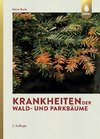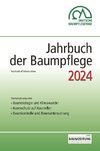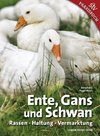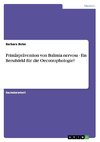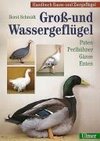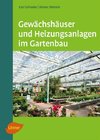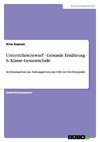
-
 Anglický jazyk
Anglický jazyk
Bio-efficacy of HaNPV Alone and in Combinations
Autor: Chandran Divya
The production of cereals has increased manifold in the recent past but that of pulses has remained more or less static. Insect pests are probably the main factor limiting the grain legume yields. More than 150 species of insects are known to attack pulse... Viac o knihe
Na objednávku
46.17 €
bežná cena: 51.30 €
O knihe
The production of cereals has increased manifold in the recent past but that of pulses has remained more or less static. Insect pests are probably the main factor limiting the grain legume yields. More than 150 species of insects are known to attack pulse crops in India and of these, about 25 causes serious damage to monsoon and winter pulse crops. Out of them, the gram pod borer, Helicoverpa armigera (Hubner) (Lepidoptera: Noctuidae) is a most cosmopolitan and polyphagous pest which attacks numerous crops of agricultural importance and widely distributed for the tropic and sub-tropic. The indiscriminate use of chemical pesticides for the last 40 years has almost eliminated natural enemies from many crop eco-systems, created complications of environmental pollution, pest resurgence and insecticide resistance. This scenario has led to consider the potential of biological control as a component of pest management. HaNPV is known for high epizootic levels and is naturally occurring obligate parasite, self- perpetuating, safe to natural enemies due to host specificity and environmental friendly.
- Vydavateľstvo: LAP Lambert Academic Publishing
- Rok vydania: 2016
- Formát: Paperback
- Rozmer: 220 x 150 mm
- Jazyk: Anglický jazyk
- ISBN: 9783659914638
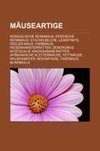
 Nemecký jazyk
Nemecký jazyk 